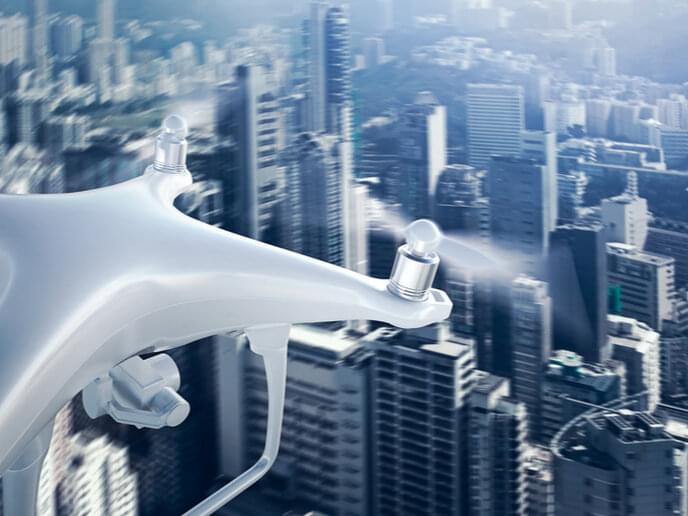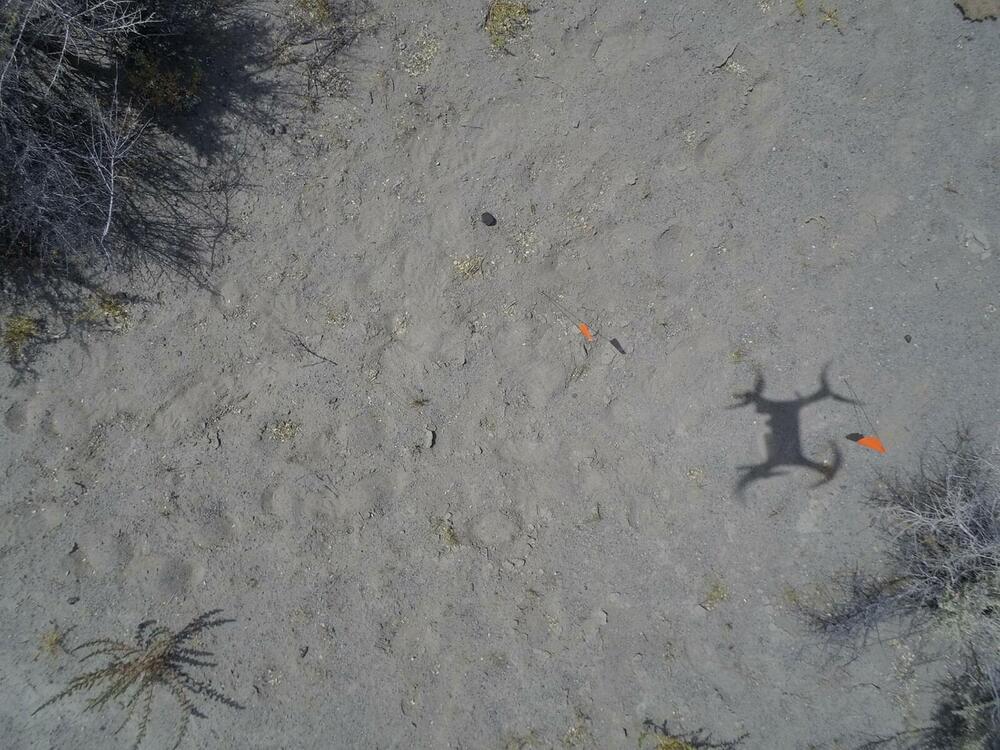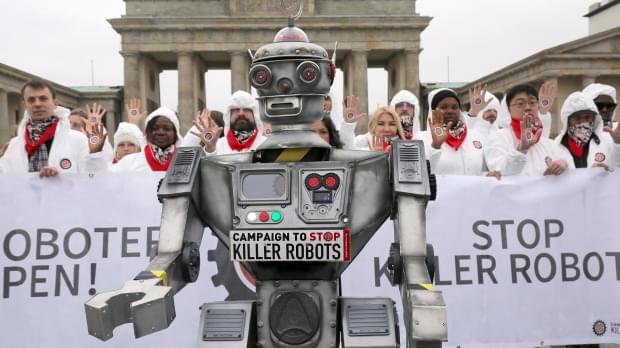An initial series of test flights with drones has been launched in Poland as part of the EU-funded Uspace4UAM project. The first of these trials is now underway in Rzeszów, a city of close to 200,000 people.
The test flights are being carried out by three Uspace4UAM consortium members: Dronehub, the developer of drone-in-a-box systems for automated monitoring and data collection; drone equipment and sensor supplier Honeywell; and drone software technology company Altitude Angel. About 160 flights will be carried out in the Rzeszów area during the first phase, under 3 scenarios of autonomous drones flying for public service missions. The first scenario will involve emergency aerial monitoring of accident sites, the second will take ortho-and photogrammetric photos for public institutions, and the third will replicate the transportation of automated external defibrillators for use in life-threatening situations.
“Dronehub demos within Uspace4UAM started in November 2021, and we will end in June 2022. During this time, amongst other objectives, we will check how drones react to different and rapidly changing weather conditions,” states test flight project manager Jakub Węglarz of Dronehub in a news item posted on the SESAR Joint Undertaking website. The SESAR Joint Undertaking—which is funding Uspace4UAM—is a partnership between European private and public sector institutions formed to speed up the delivery of smarter, connected, accessible and more sustainable air transport solutions through research and innovation.



